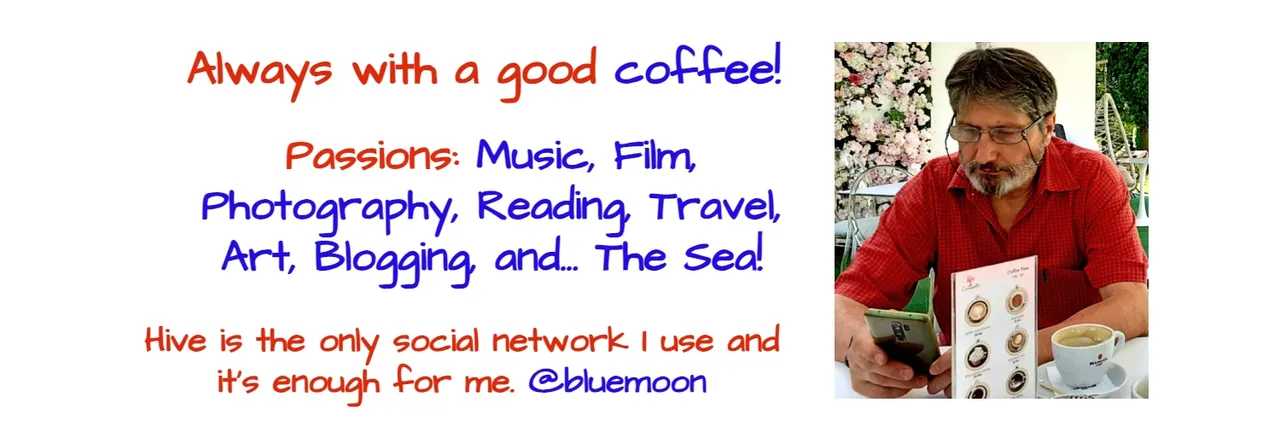So far away is when I believed in fai fairies and how much I miss... I enjoy thinking about them from time to time. Sometimes fairy stories become current because of events or holidays.
Every summer, on July 24, are evoked "Sanzienele", some fairies still in Romanian folklore and Romanian belief. The belief in these fairies comes from a long time, from the beginning of time, from antiquity, and they are celebrated especially in the village world, in the north of Transylvania.
Every summer, on July 24, at the Romanian Peasant Museum in Bucharest, is taking place at a fair dedicated to this folk belief in fai fairies.
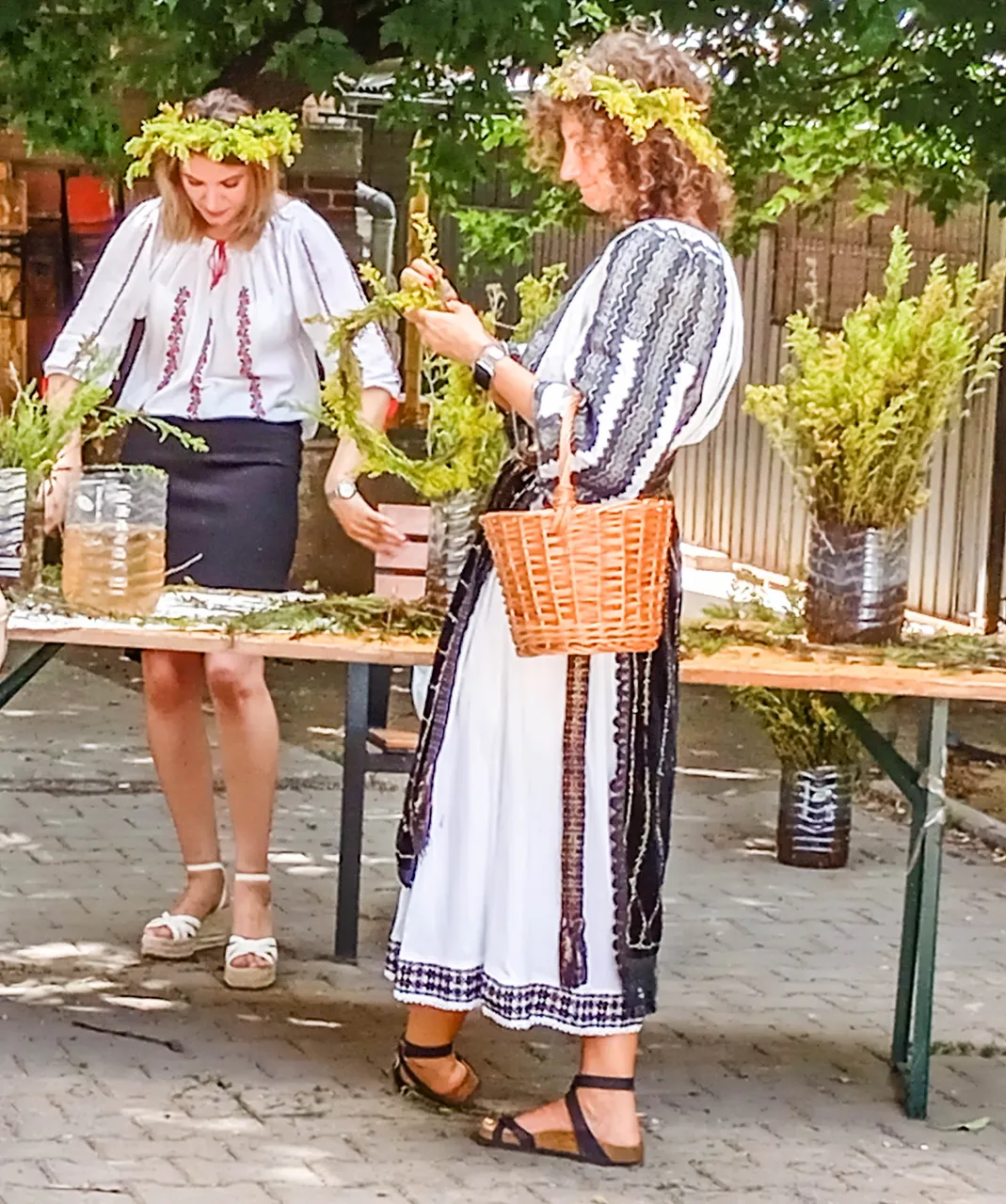
Sanzienele were priestesses of the sun and served the goddess of the forest, taking care of people, animals, and plants... I think that's why it's so hot on this day because the sun wants to participate too
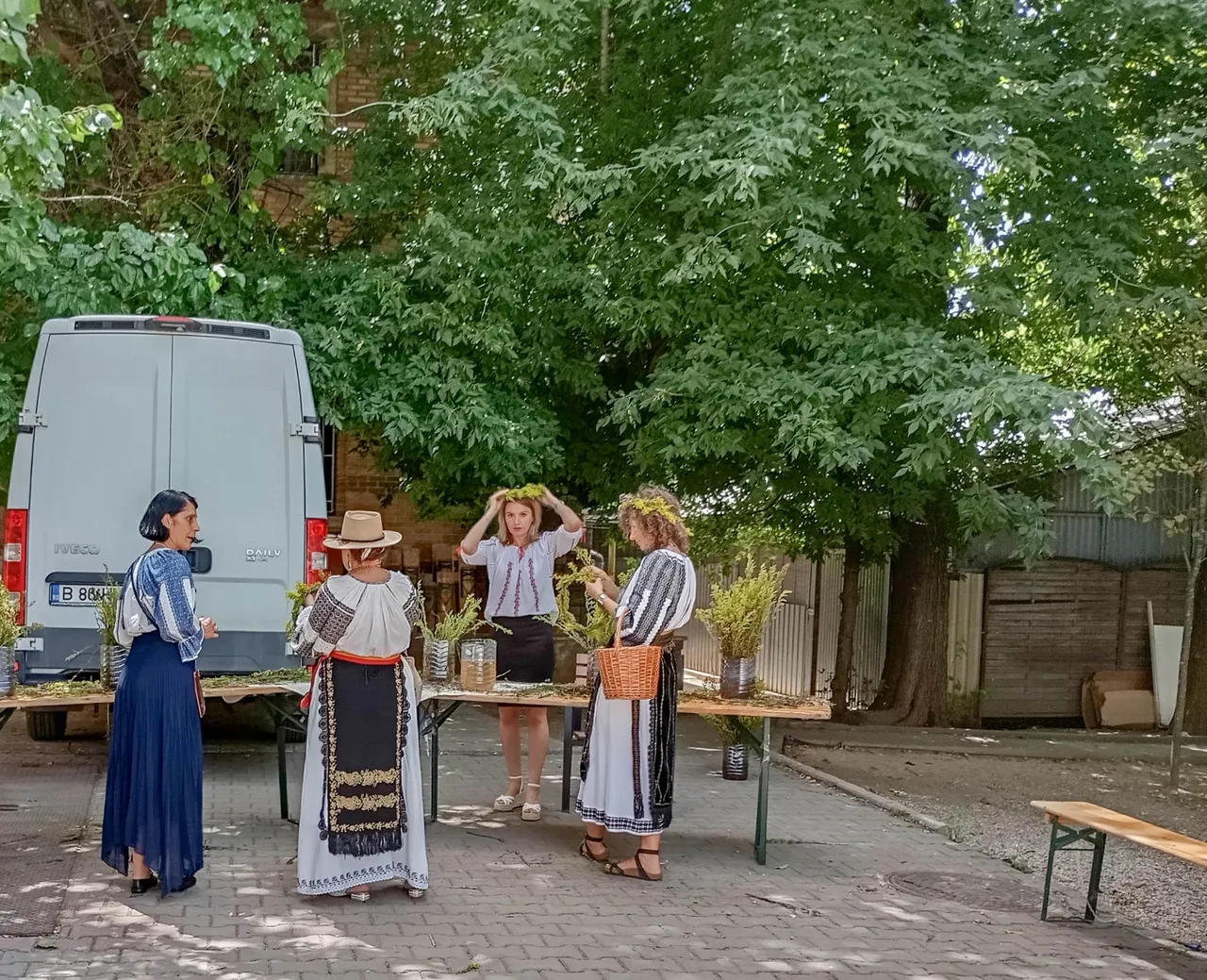
.
There is, of course, a plant called Sanziana which blooms in July. It's a medicinal slope and the peasants used to make tea from it and give these flowers to the animals to eat for health.
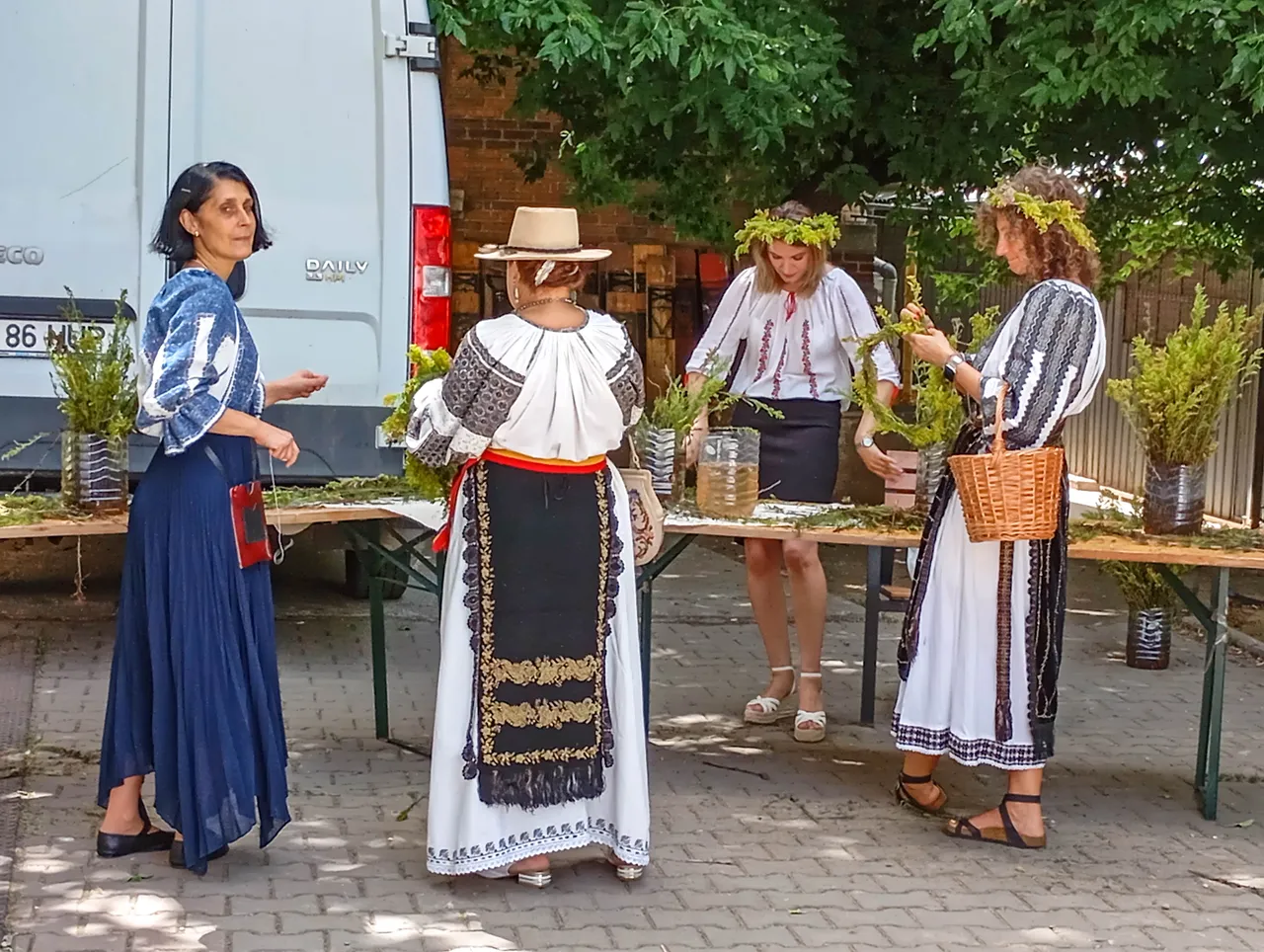
This is a feast of girls and women, who were the only ones who could pick these flowers from which they made wreaths that they wore on their heads to be protected from evil, for health. Young girls, unmarried, put these flowers under their pillows to dream of the boy they would marry. Of course, only country girls can do this now. The city doesn't grow this plant.
The Romanian Peasant Museum also wants to help the city people enjoy this holiday by organizing a fair where these flowers can be bought, wreaths can be woven and stories can be heard. My wife, who grew up in the country in the very north of Transylvania, where this belief in Sanziene is still strong, never misses this fair, so here I am trying to document this place and event with photos!
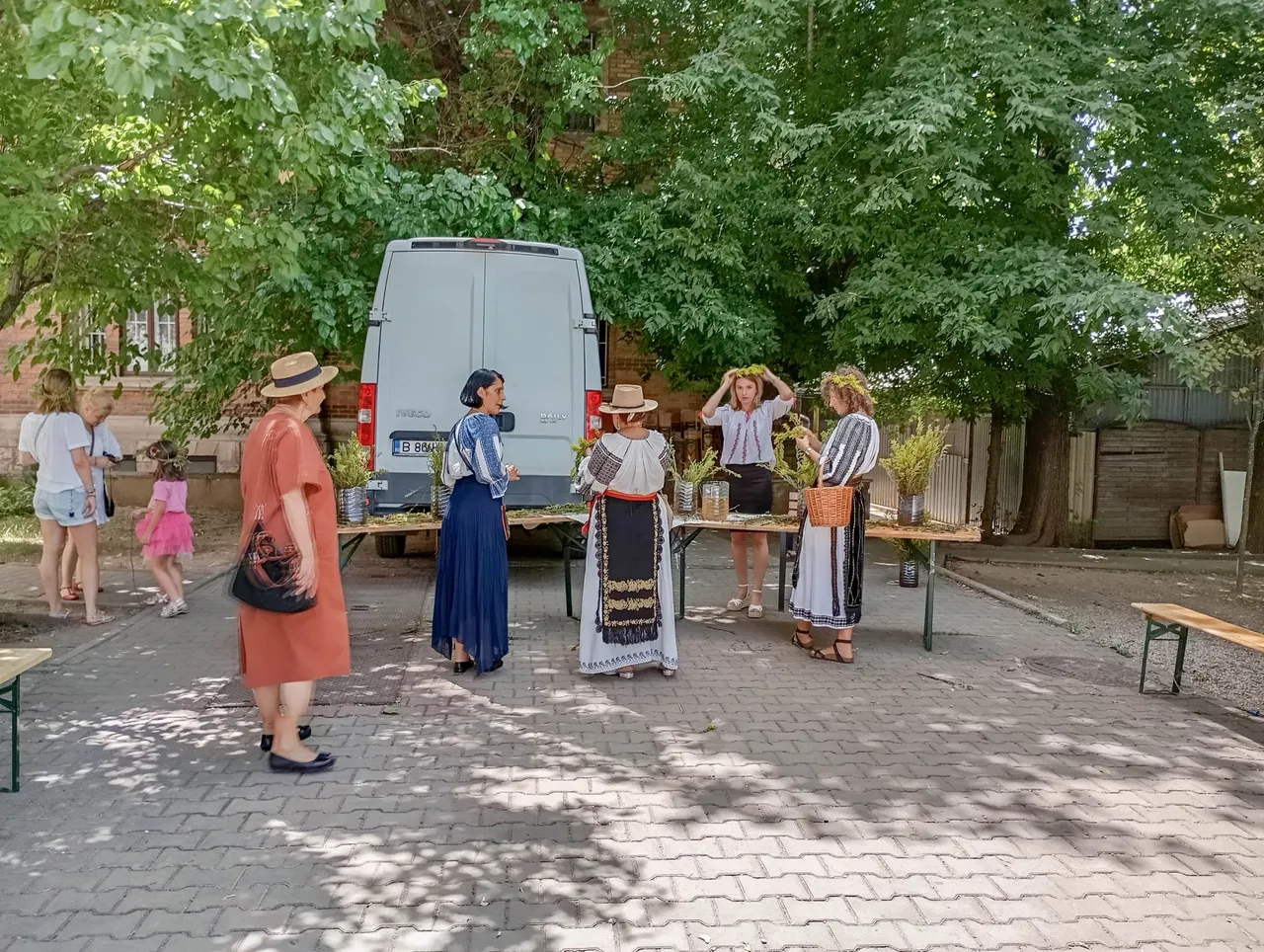
The Romanian Peasant Museum is one of the most interesting museums in Bucharest. It is housed in a beautiful building near Victoriei Square and the Romanian Government.
In this building was the Lenin-Stalin Museum during the communist period and then the Museum of the Romanian Communist Party. Since 1990 it was installed the Romanian Peasant Museum.
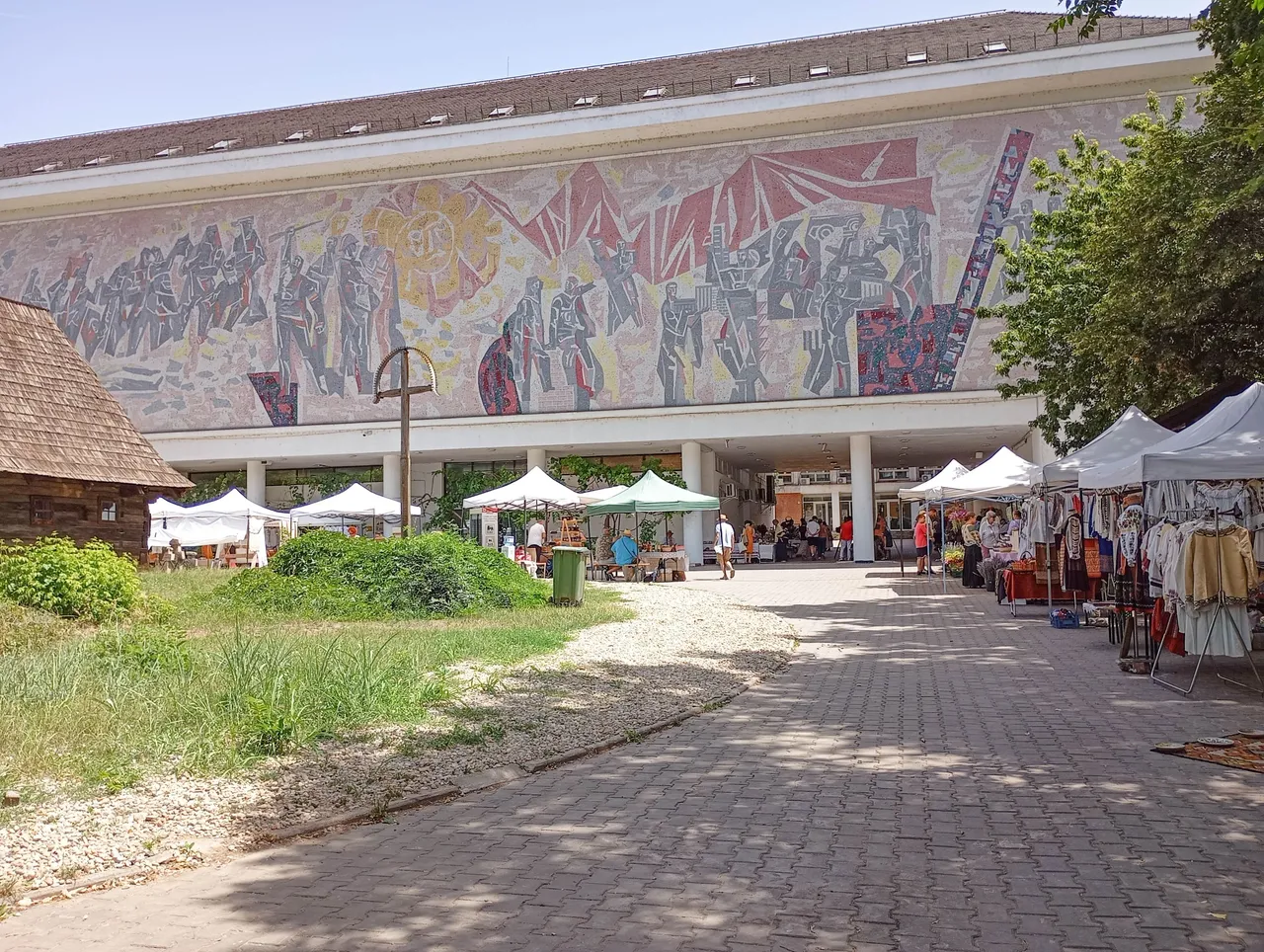
When it was a museum of the Communist Party, new buildings were added, attached to the hundred-year-old building.
This mosaic on the facade evoking the communist regime is another reminder of what happens here. After the fall of the communist regime, many wanted the mosaic to be destroyed, but Horia Bernea, a famous painter and the new director of the new museum opposed this. He decided to bring an old wooden church from the north of the country and place it in the courtyard, as an antithesis to the mosaic in front of it.

Horia Bernea, who was in charge of the museum and created some wonderful rooms, had this vision of not destroying something that even if it represented a hard and bad period, had to be seen and judged further, having next to it now a church that represented the continuity and strength of the people.
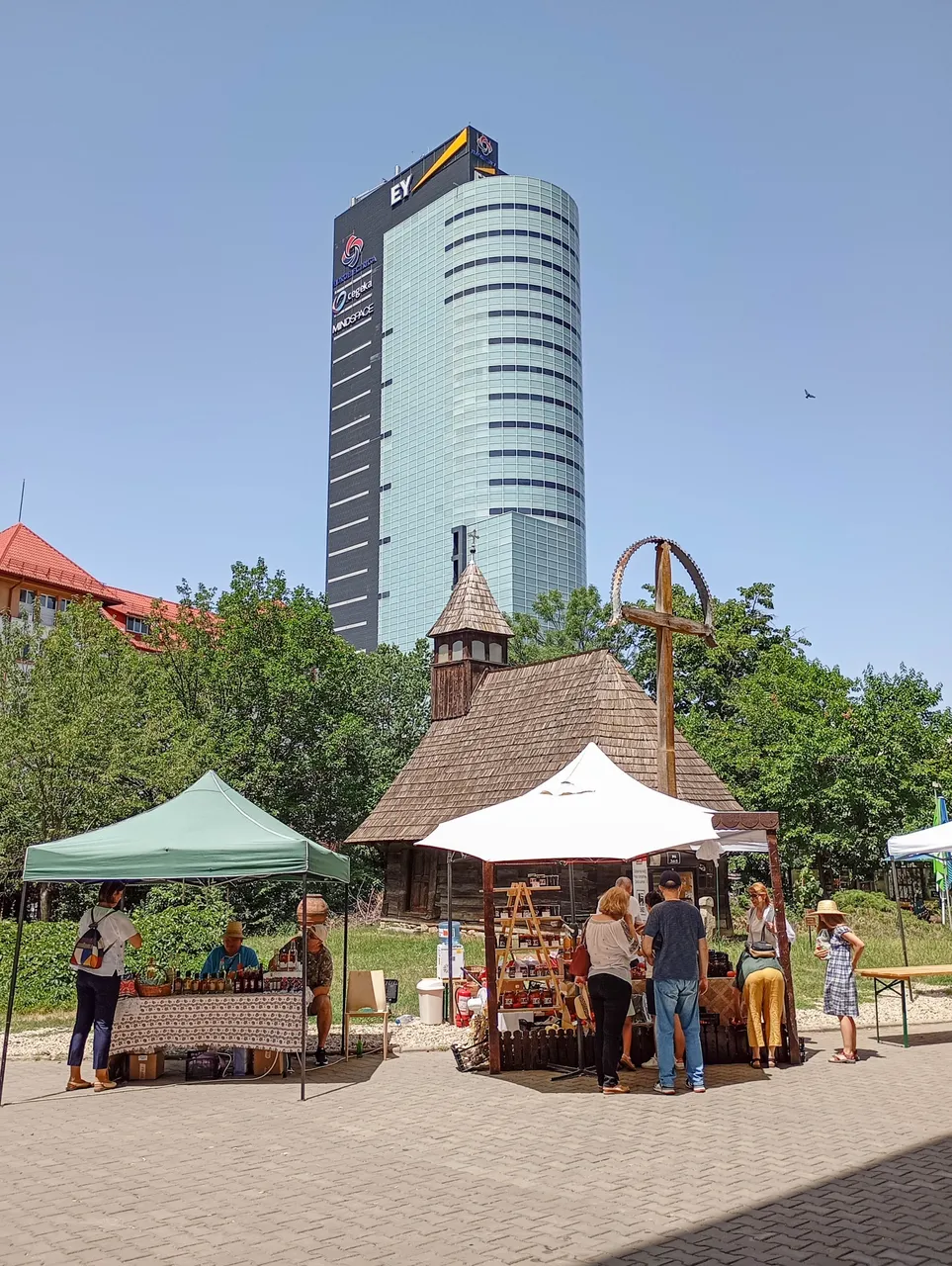
I like to see this church in comparison with the modern buildings of the moment we live and wonder what we want, the grandeur and modernism or the simplicity and the little of the past and our ancestors. It is hard for me to choose... each comes with advantages and disadvantages.
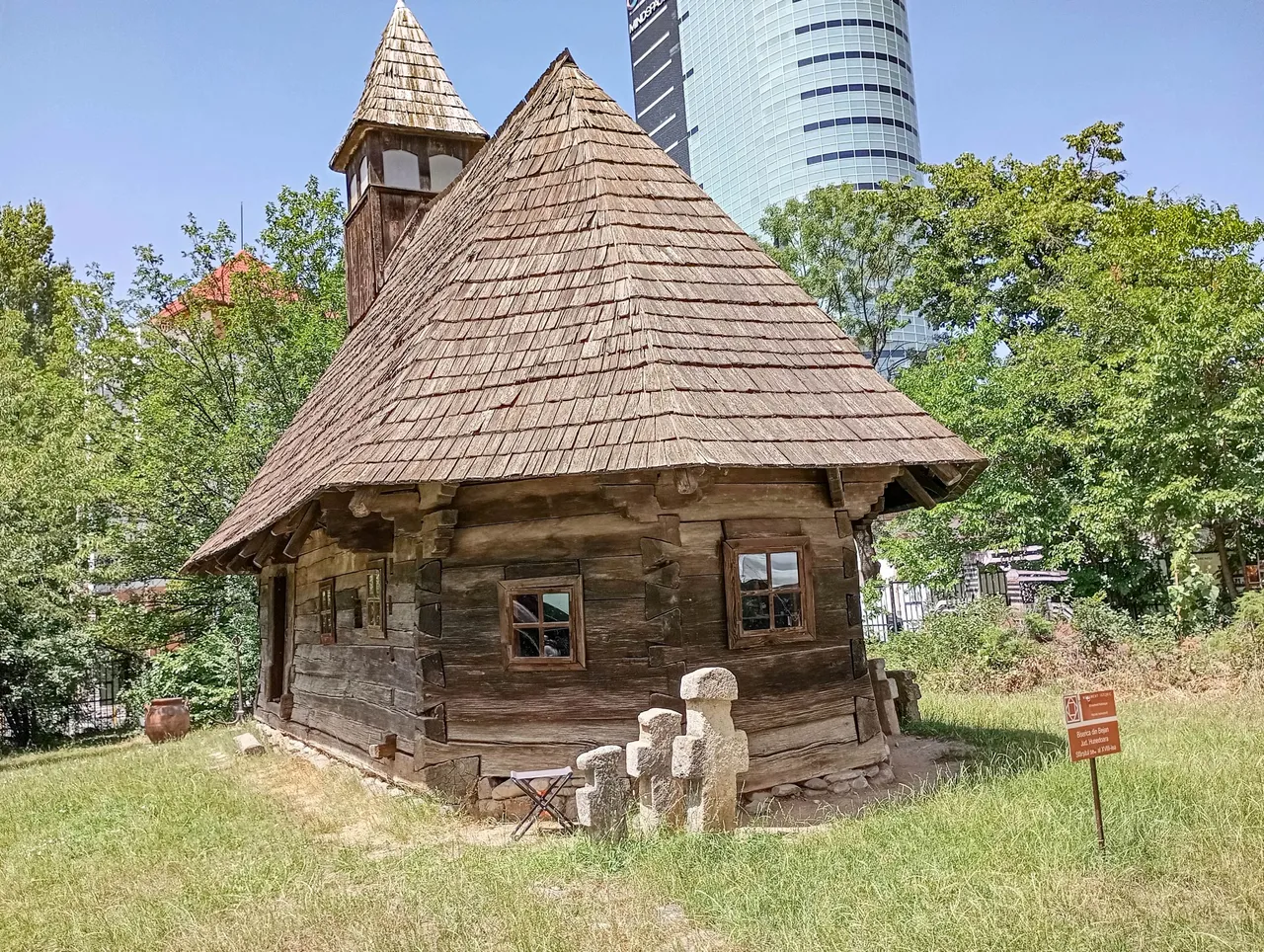
Well, I got lost in the story and forgot to say why I came to the fair.
Sanziene Fair.
The photo on the poster is as old as the museum building is, more than a hundred years old.

We came to the fair to buy the "sanziene". Flowers, because fai fairies are not for sale!
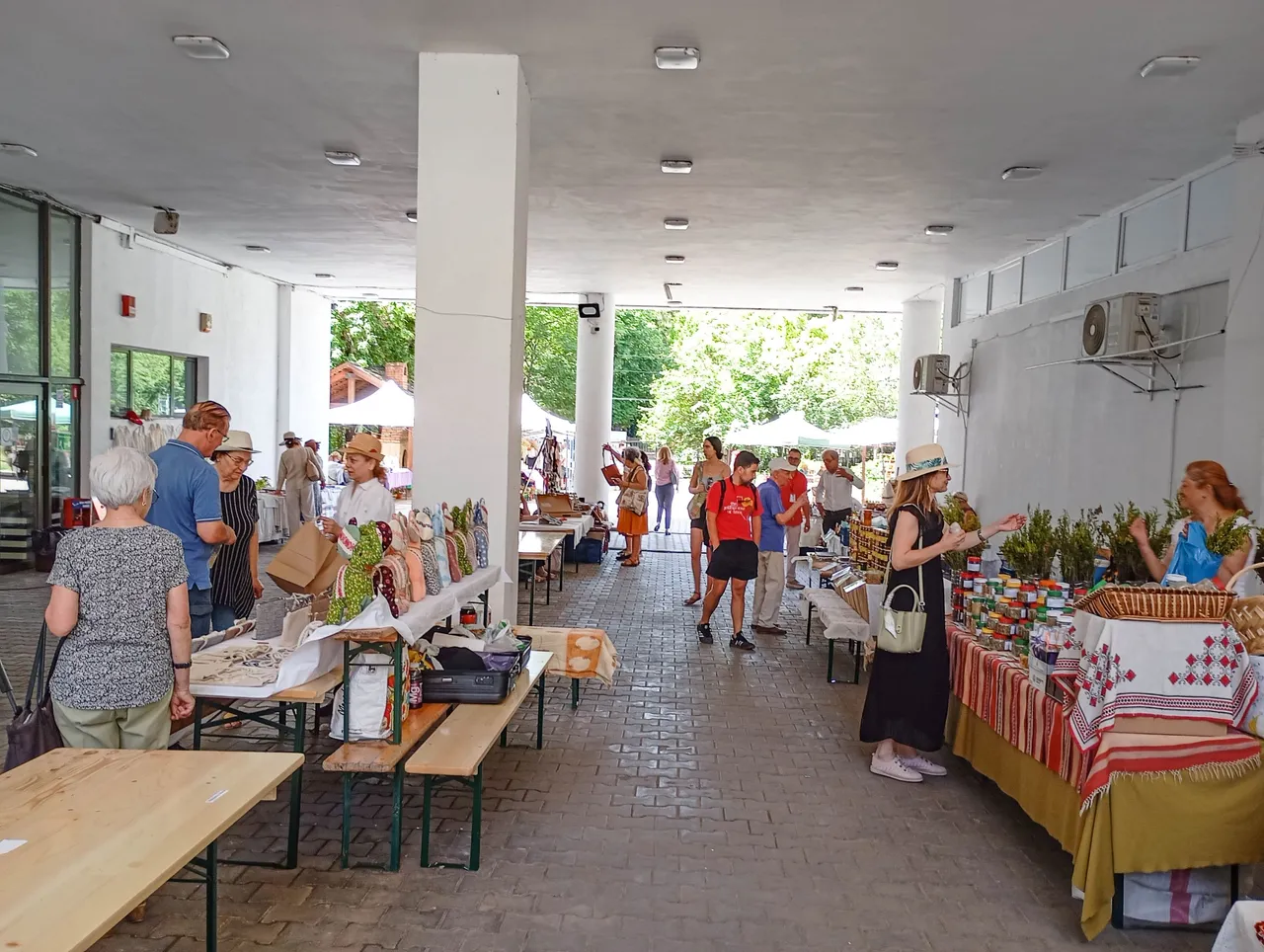
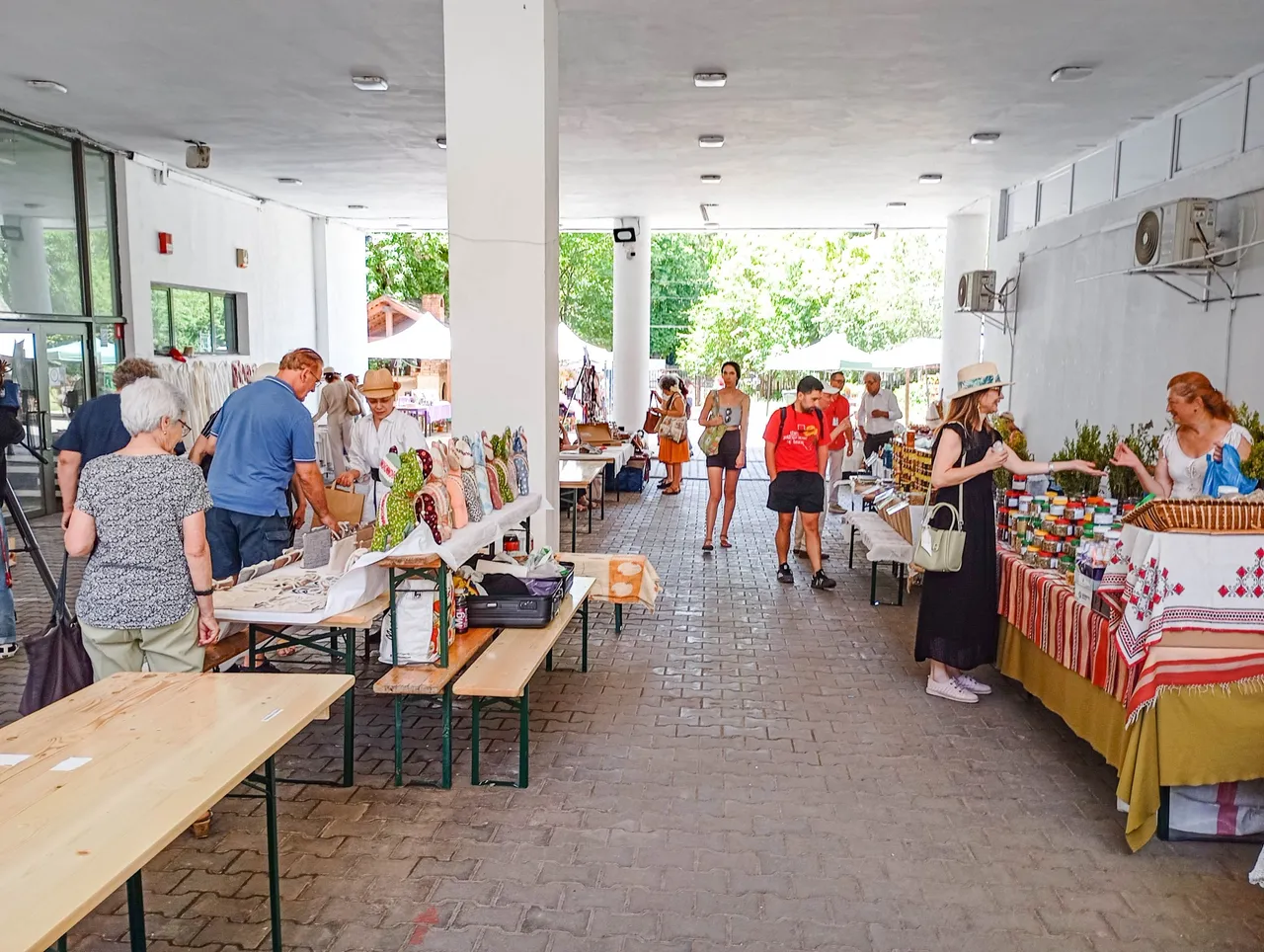
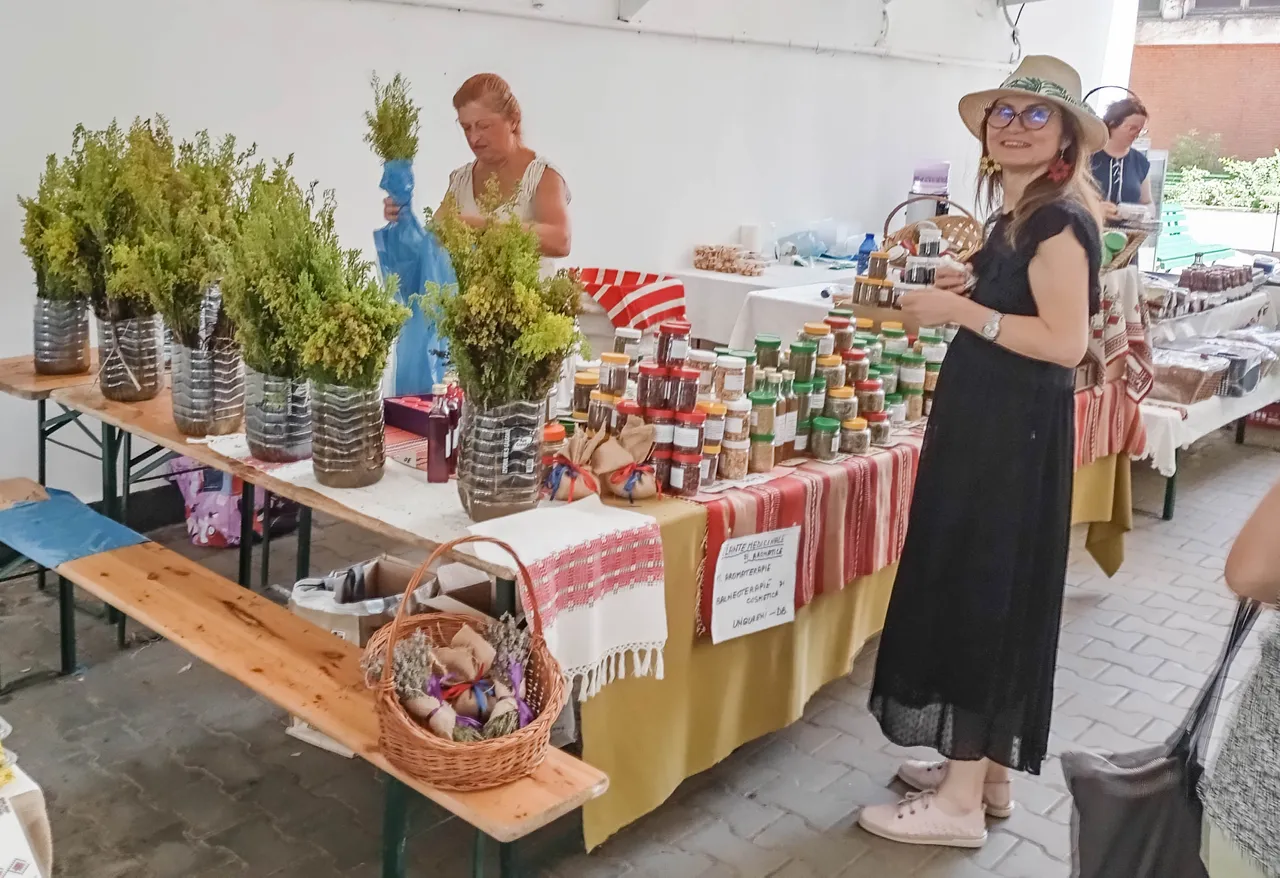
The lady who sold these plants told me that she respected tradition and picked them up at midnight. Only those flowers retain their healing and prescient power.
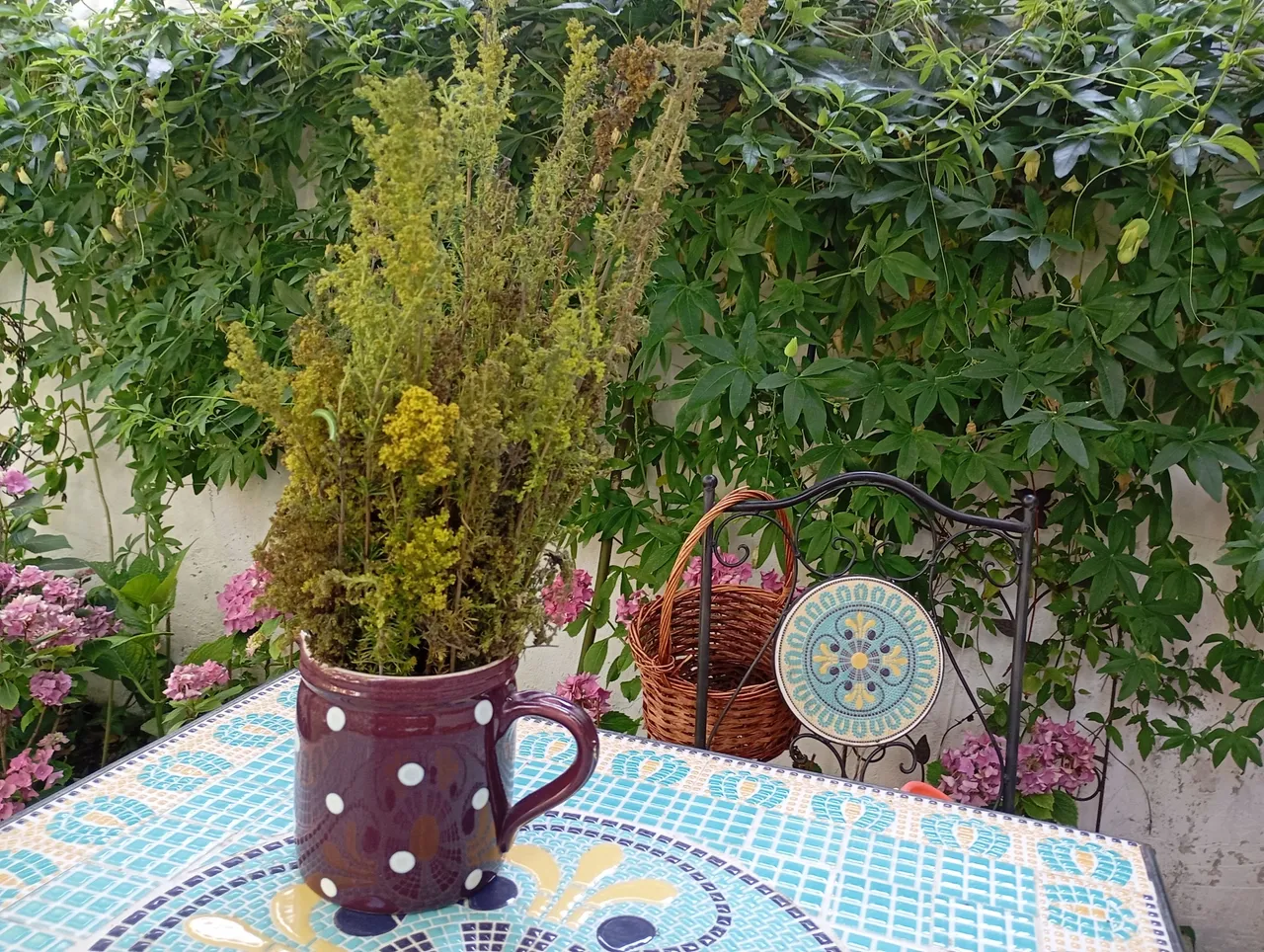
I mentioned the predictive power of "sanziene"...
Once picked, the Midsummer flowers are braided and thrown over the house. "The wedges that remain on the house, somewhere up on the roof, mean that those people who threw them will live long. Those who end up at the bottom of the roof mean short lives. And wreaths that fall from the roof herald the near end of those who threw them."Source
I will not try to find out the future, I will dry these flowers and hope they bring some good luck and health.
The sanziene fair is not only about "sanziene", there is much more to see and buy... if our wallets hold out because they're not cheap.
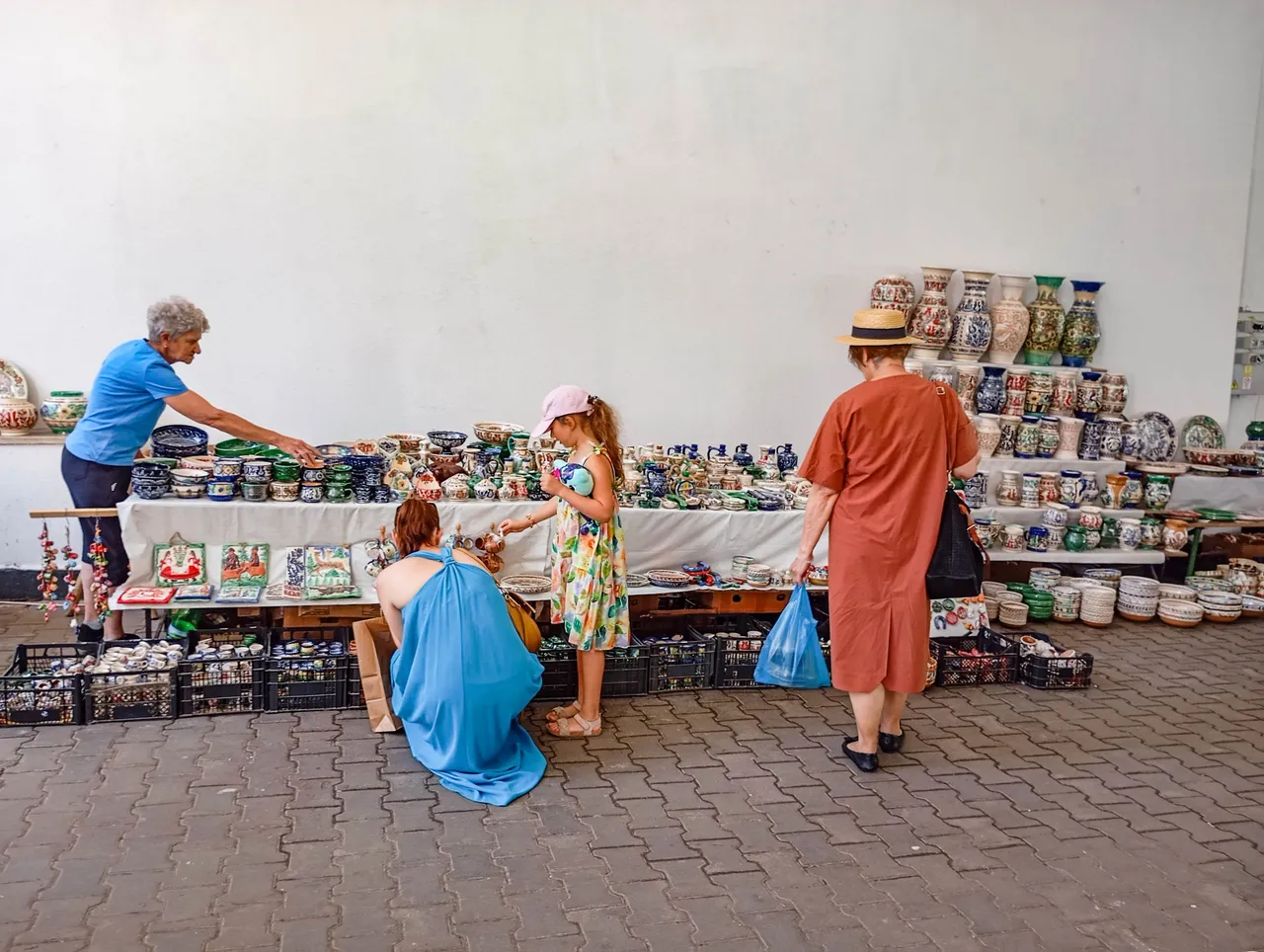
My wife has already filled her bag... A permanent presence at these fairs is painted pots.
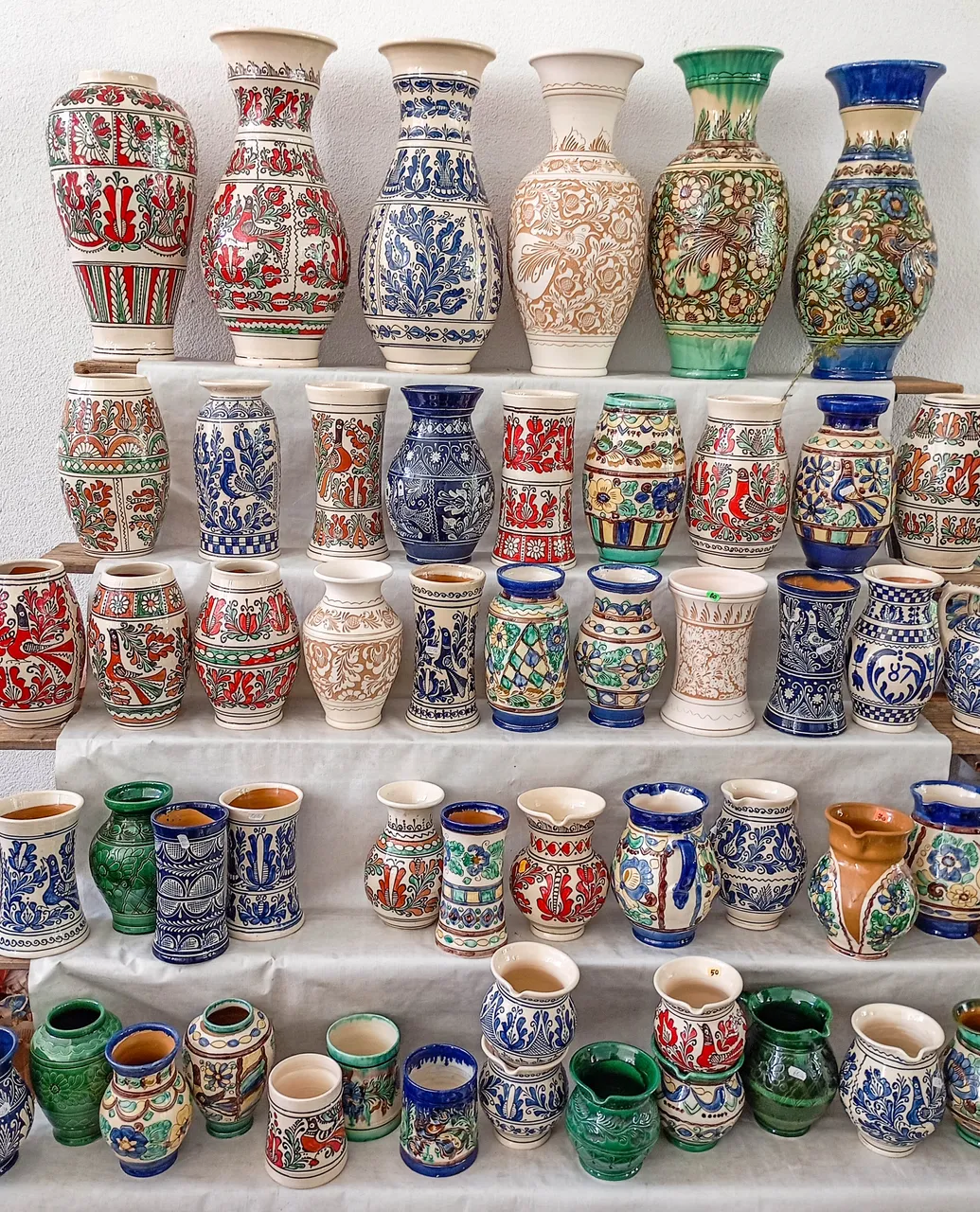
Korond Pots, a village inhabited by Hungarians, is famous for its pots. I think all the people there are potters.
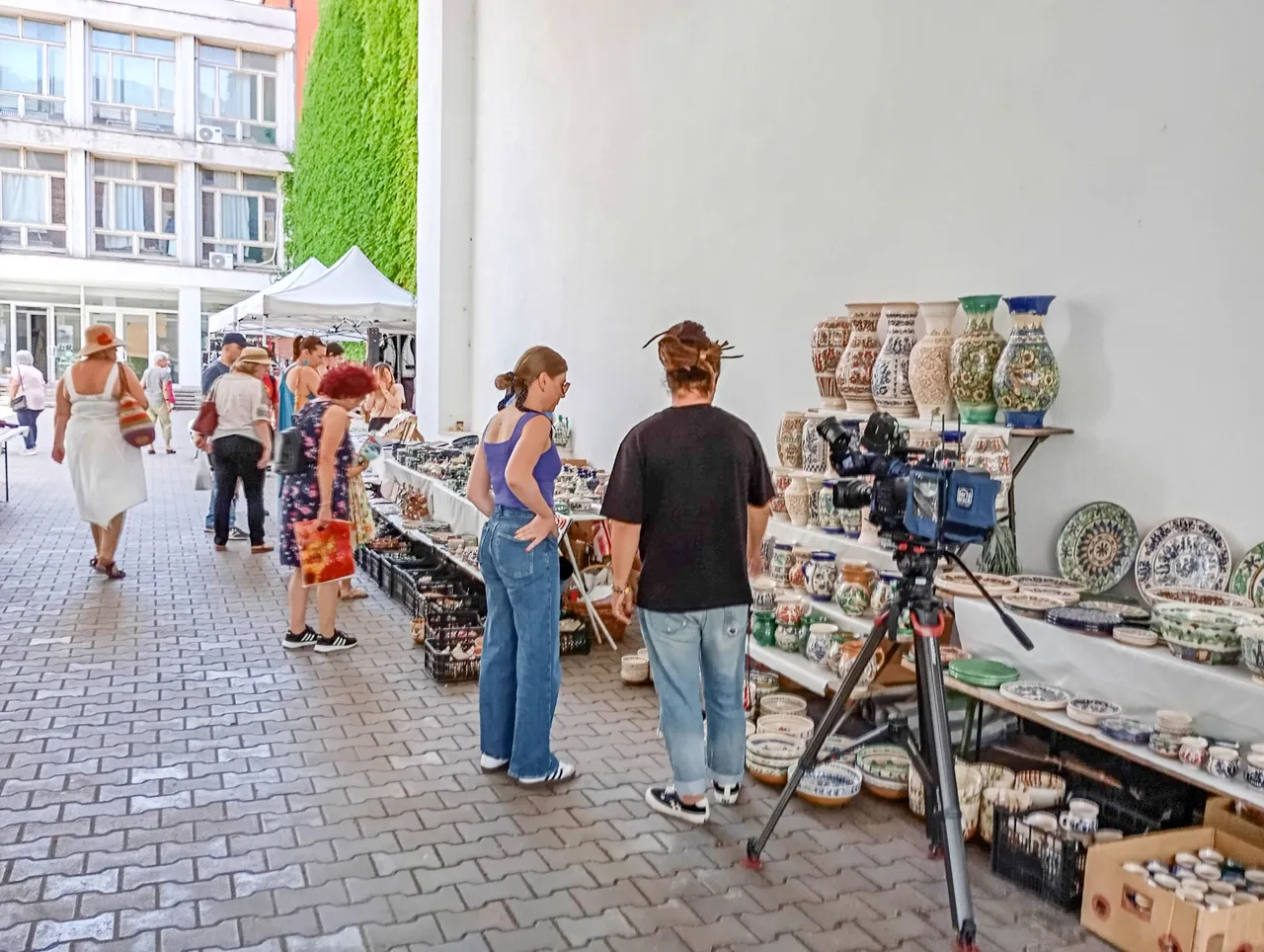
In a museum of the peasant, normally, most objects are brought from the village, handmade clothes from the countryside.
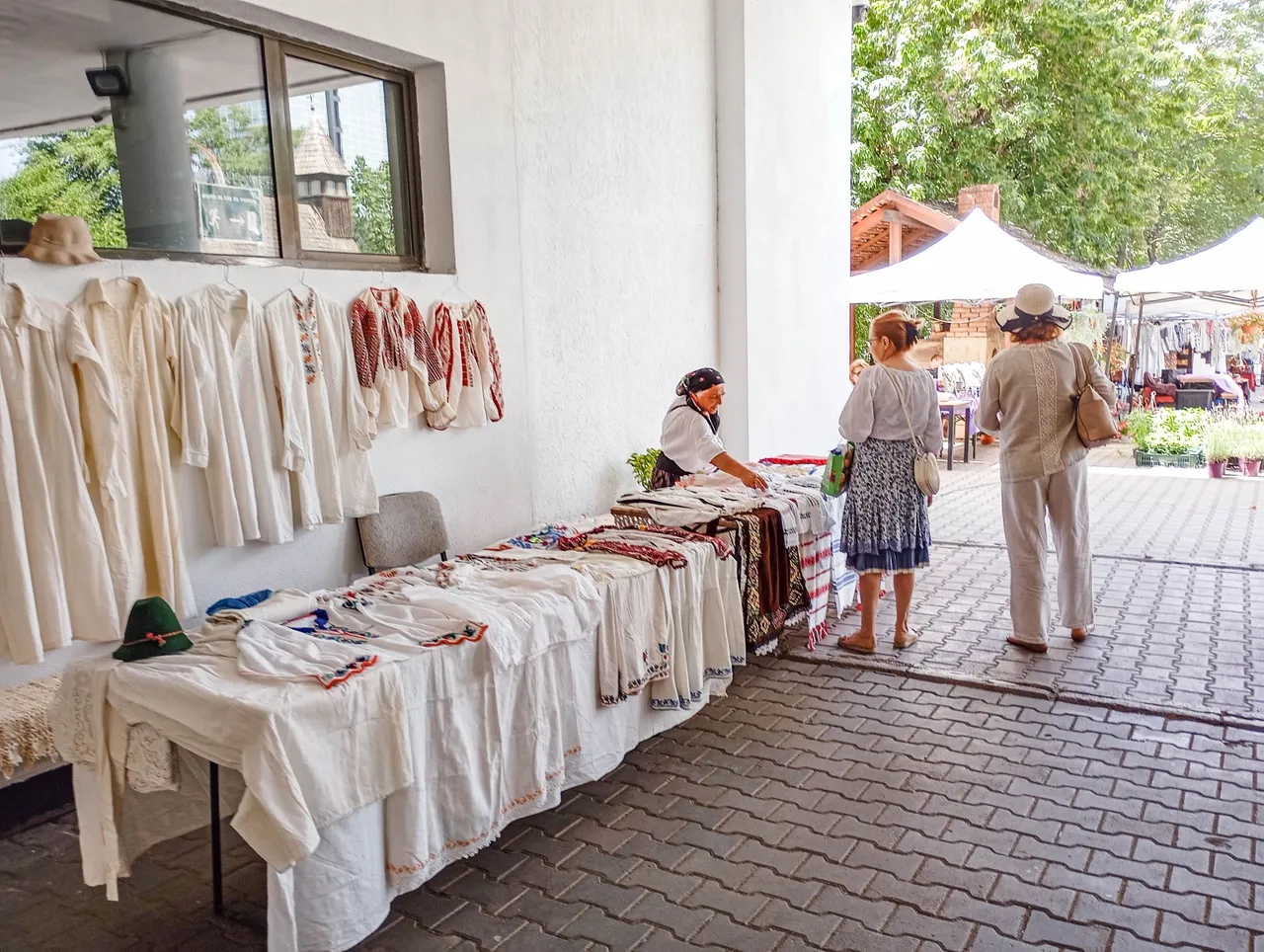
The inner courtyard of the museum. It is easy to see the building added later.
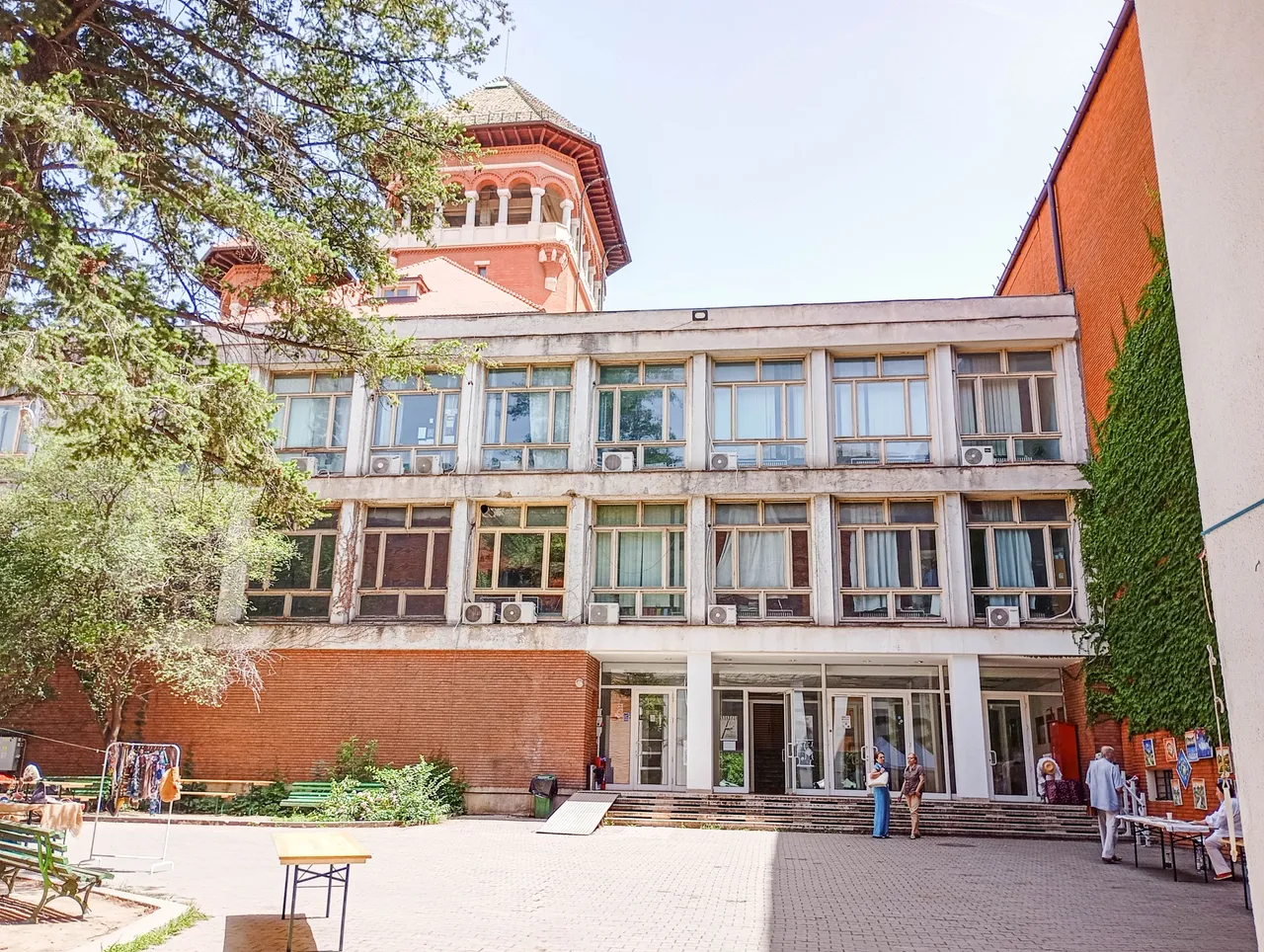
A wide variety of folk objects, clothes, carpets, and even old objects, so-called antiques.
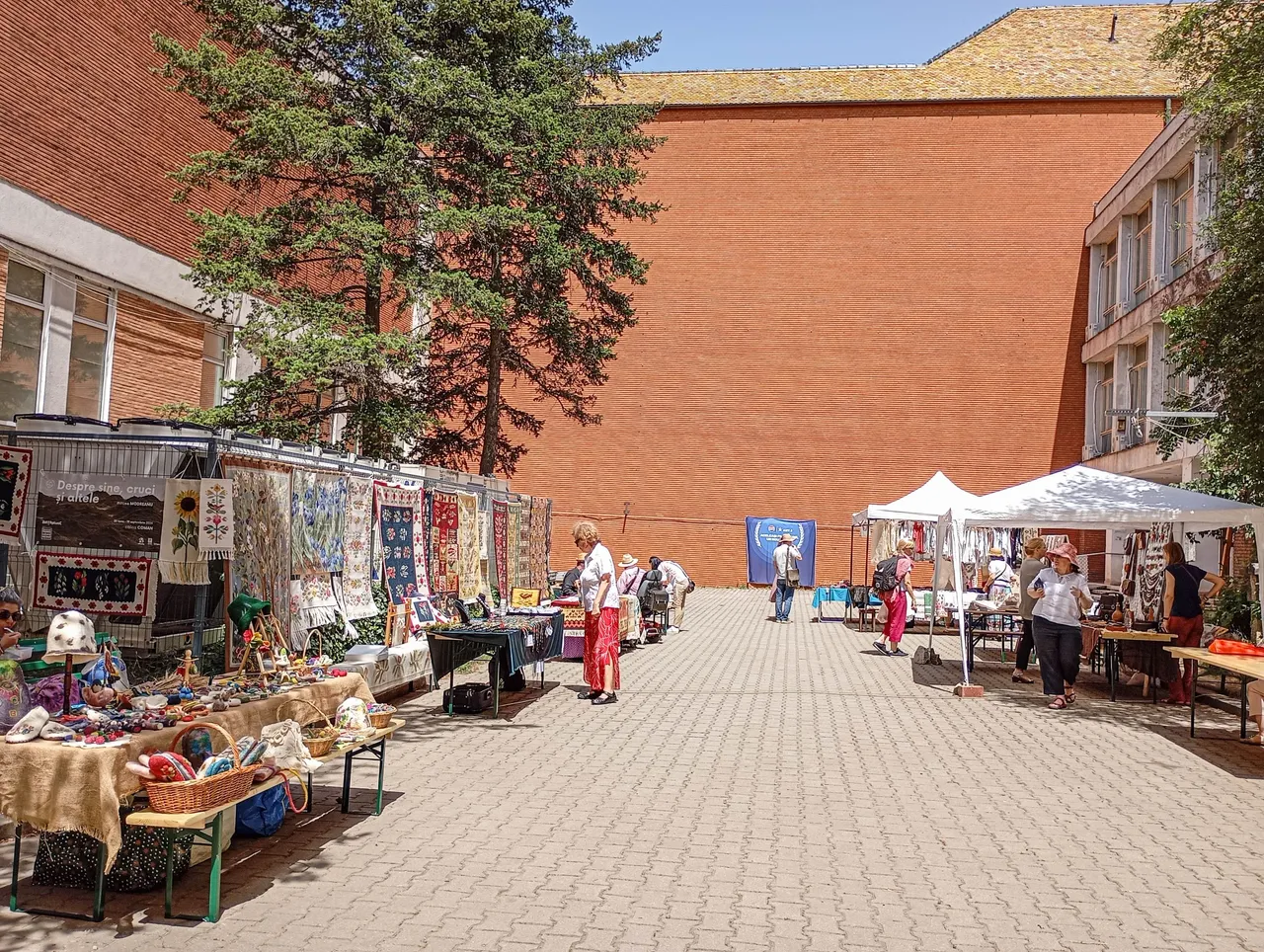
Even a peasant painter and his paintings. It's called naive art.
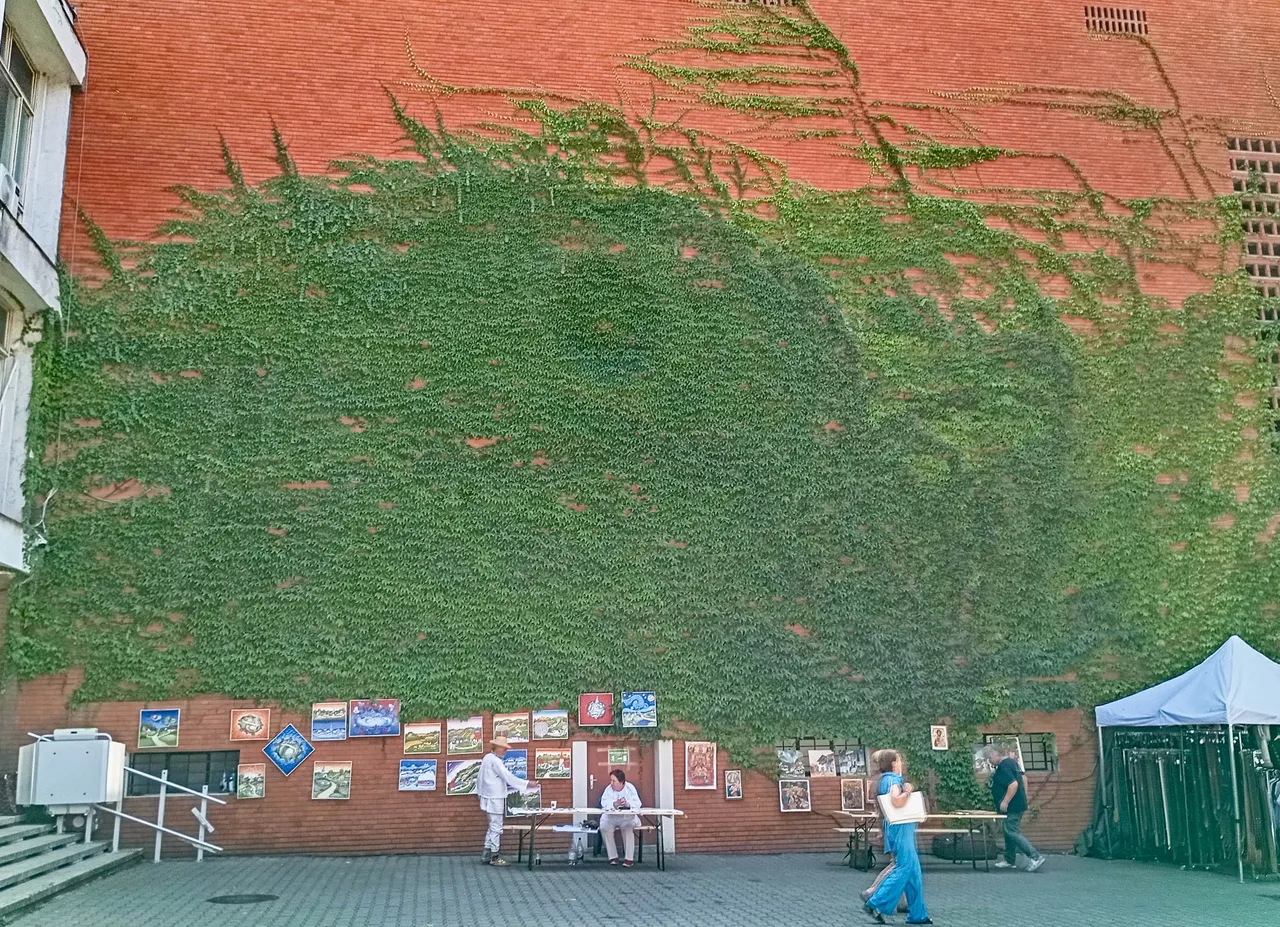
I love this wall because of the bricks and the wild vines that outline this enormous carpet.
The museum became known for its collections of 100,000 objects. Since it was founded by Horia Bernea on February 5, 1990, it has been housed in a neo-Romanesque building, which has been declared a historical monument. Its specific museography earned it the European Museum of the Year Award from the European Museum Forum in May 1996. Source
